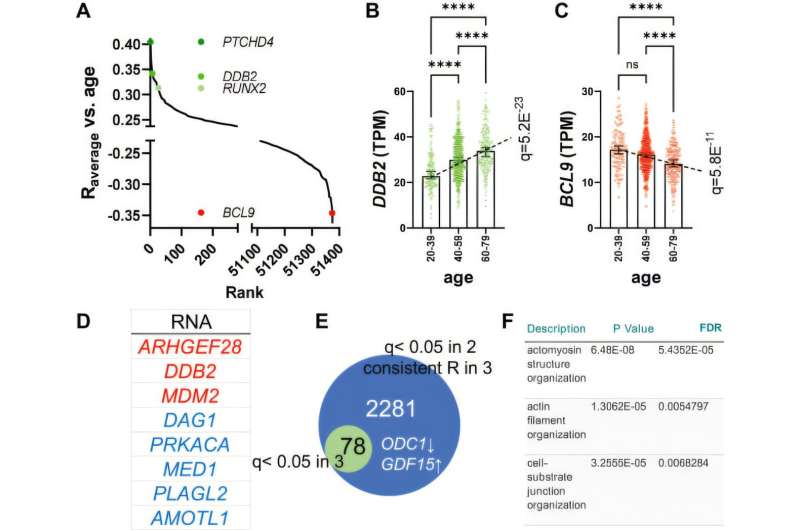One finding of the study, now published in the Journal of Biological Chemistry, surprised the researchers: The mice were simultaneously protected against hypertension by activating a different signaling pathway in the cells of the vessel wall—compensating for the strain exerted on the aging vessels. The findings create potential for future complementary blood pressure medicines.
In Sweden, around one in five people has high blood pressure. More research is needed to understand how and why high blood pressure damages blood vessels. It is well known that aging makes blood vessels less flexible and more vulnerable. There is a risk of elevated blood pressure due to vascular stiffness. The strain of high blood pressure can cause an aortic aneurysm if things go awry.
The researchers behind the current article titled “Declining activity of serum response factor in aging aorta in relation to aneurysm progression” are Senior Lecturer and Associate Professor Catarina Rippe and Professor Karl Swärd, both at Lund University.

